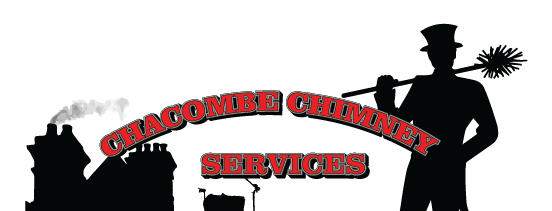All Stove & Liner installations are done to a highest standard and HETAS specifications.
From classic, modern & contemporary stoves, situated within chimney recess, free standing & with a twin wall chimney system if you do not have a chimney.
Common Installation Questions:
Q: Do I need planning permission
A: No, not normally. The fitting of a stove and/or flue does not normally require planning permission. However any work carried out will require sign off from your local Building Control Office. We are HETAS certified meaning all of our work is to the highest standard Document J Building Regulations.
Q: Do I need to line an existing chimney
A: If there is a chimney in place and your house was built after 1964 there may be a concrete or clay liner in place already (we can check for you). Older houses which have an exposed inner brick or stone chimney may need a liner as this will improve the overall efficiency and safety of the fire.
Q: Do I need a Hearth.
A: Yes. The heat from fire/stove can be in excess of 100°C. This will cause surrounding materials (carpet, wood or plastic) to overheat and catch fire (a minimum distance to combustible materials is required) A hearth is essential to the safety of having a fire.
Q: Flue Sizes.
A: A majority of solid fuel appliances in the UK have either a 5” (125mm) or 6” (150mm) flue outlet. Open fires which are lined require a minimum 8” (200mm) liner.
Q: How high will the flue be.
A: When installing a new twin-wall flue system, if the flue exits the roof within 600mm (horizontally) from the ridge (high point) of the roof then the flue must extend a minimum of 600mm above the ridge. If the flue exits the roof further down then it must extend high enough to achieve 2.3m of horizontal clearance. That height will be determined by the pitch (angle) of your roof.
Q: Should the room be ventilated.
A: If the stove is rated less than 5kW or less then typically no you won’t need extra ventilation. If you have over a 5kW rated stove then yes it is advised that you ventilate the room.
Q: Carbon Monoxide.
A: Where a new or replacement fixed solid fuel appliance is installed in a dwelling, a Carbon Monoxide alarm should be provided in the room where the appliance is located.
i. on the ceiling at least 300mm from any wall, or if it is located on a wall, as high up as possible (above any doors and windows) but not within 150mm of the ceiling; and
ii. between 1m and 3m horizontally from the appliance. By Law.

